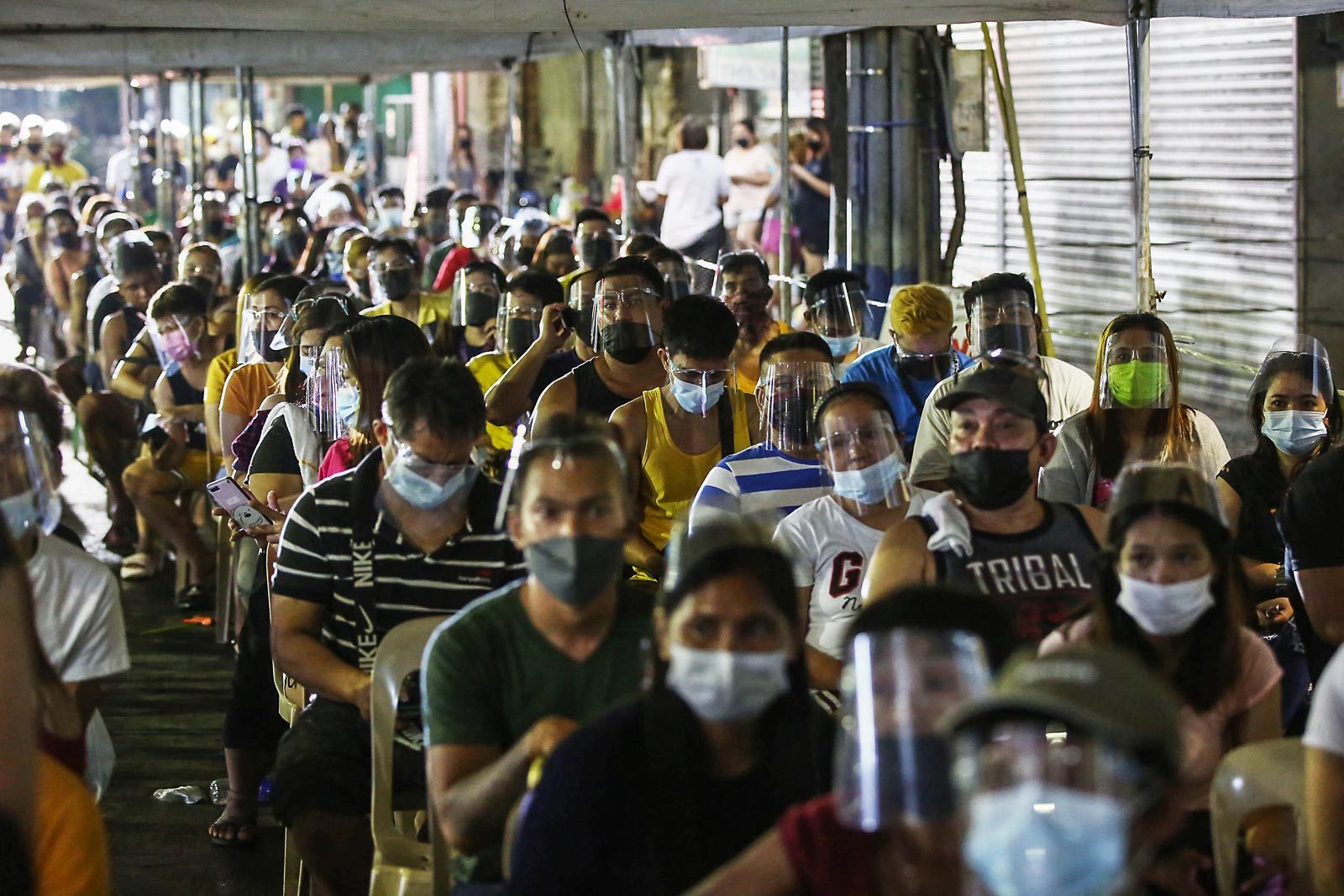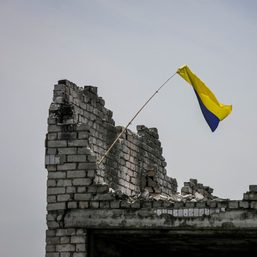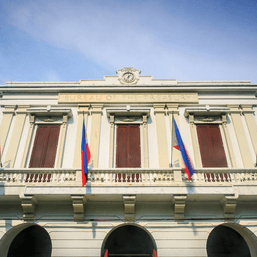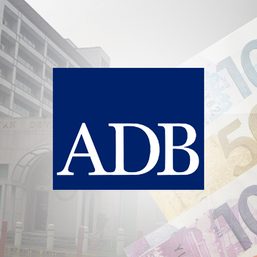SUMMARY
This is AI generated summarization, which may have errors. For context, always refer to the full article.

Fitch Ratings gave a stern warning to the Philippine government over its conservative pandemic response and how this could result in a lower investment grade rating.
The debt watcher on Monday, July 12, revised its outlook on the Philippines from stable to negative, as the coronavirus pandemic scars the economy.
Fitch, however, still maintained its BBB credit rating for the country, which is an investment grade status.
A higher rating means lower interest rates should the Philippine government and local companies borrow abroad.
Another debt watcher, Moody’s Investors Service, had flagged the pandemic’s impact on the Philippine economy last March, noting the surge in cases was a “credit negative.”
Fitch’s latest outlook revision comes as President Rodrigo Duterte maintains a conservative spending plan for the pandemic, despite calls from legislators and sectoral groups to increase spending on aid and other measures.
“Fitch believes there are downside risks to medium-term growth prospects as a result of potential scarring effects, and possible challenges associated with unwinding the exceptional policy response to the health crisis and restoring sound public finances as the pandemic recedes,” it said.
Fitch added that the retention of the investment grade rating “reflects the Philippines’ robust external buffers and projected government debt levels that, while rising, should remain just below the median for ‘BBB’ rated peers.”
However, Fitch said “these are balanced against low per capita income levels and indicators of governance and human development compared to peers.”
Here are the reasons why Fitch revised its outlook:
Dismal economic recovery. Fitch noted that the Philippine economy has been hit “particularly hard” by the pandemic, contracting by 9.6% in 2020. In the first quarter of 2021, gross domestic product (GDP) shrank 4.2%, dragged down by reduced private consumption and investment.
“The pace of economic recovery in 2021 has been set back by new highly transmissible variants and targeted mobility restrictions,” Fitch said.
It also said that while the government’s infrastructure program progressed, overall investment fell 27% in 2020, “highlighting the impact of the pandemic on the economy and raising concerns about the pace and sustainability of the recovery as restrictions ease.”
Fitch expects 2021 GDP to settle at just 5% on the back of base effects. The government’s economic team earlier projected growth would hit at least 9%.
Debt levels. Fitch sees the country’s debt-to-GDP ratio, a measure which shows the country’s debt relative to the economy, to rise to 52.7% in 2021 and 54.5% in 2022. This is below the medians of 57% and 58.7% of countries with the same BBB status.
“Nevertheless, the rise in the debt ratio from 34.1% in 2019 is large and exceeds the median increase for ‘BBB’ peers. Fitch will monitor the evolution of the fiscal deficit and debt levels, as the balance between fiscal consolidation and ongoing government spending to support economic recovery will be an important consideration for the rating.”
Weakened fiscal finances. Fitch said the Philippines’ fiscal finances have weakened, both in absolute terms and against peer medians, as a result of the pandemic.
The government’s budget deficit widened to 5.4% of GDP in 2020, from 1.7% in 2019, driven by increased spending for COVID-19 relief measures and weak GDP growth.
Fitch expects the deficit to widen to 8.8% in 2021 due in part to the disbursements of funds carried over from 2020, before narrowing moderately to 6.4% in 2022 and 5.6% in 2023.
“Our forecasts for the budget deficit and public debt assume economic activity picks up over the forecast horizon. Even so, as yet unidentified spending or revenue measures would be required to achieve a level of fiscal consolidation consistent with reducing fiscal deficits towards their pre-pandemic levels. Presidential elections scheduled for May 2022 create some uncertainty around the post-election fiscal and economic strategy. Nevertheless, Fitch assumes broad policy continuity will be maintained given the Philippines’ track record and sound medium-term policy framework.”
Soured loans. Fitch said the sluggish economic recovery is likely to keep weighing on the banking system’s asset quality and financial performance in the near term, with the industry non-performing loan ratio expected to rise to nearly 6% by end-2021 before improving in 2022.
Fitch, however, noted that most of the Philippine banks are “sufficiently capitalized to withstand further stress in the system.”
Pandemic response. The debt watcher also noted that the Duterte administration’s goal of vaccinating 70% of the population in 2021 is “very ambitious” since only less than 3% have been fully vaccinated as of end-June.
Meanwhile, here are some of the “green shoots” of recovery, according to Fitch:
Exports and remittances. Fitch saw resilience of exports and remittances, as well as the government’s fiscal and monetary response, as “green shoots” of recovery.
Tax reform. Fitch said the Corporate Recovery and Tax Incentives for Enterprises law, known as CREATE, is an “important tax reform” which “aims to establish a level playing field for businesses” and “could also aid revenue collection in the future.”
The Duterte administration is still aiming to pass the real property valuation and assessment reform and the passive income and financial intermediary taxation reform.
“It is still uncertain, however, whether these reforms will boost revenue over the medium term,” Fitch said.
Central bank support. The Bangko Sentral ng Pilipinas has facilitated budget financing through bridge loans and remitted dividends.
Fitch, however, “views these central bank financing provisions to be temporary, driven by the unusual circumstances of the pandemic, but they could pose a risk to policy credibility if direct central-bank financing of the budget deficit beyond the immediate needs of the health crisis were to continue.” – Rappler.com
Add a comment
How does this make you feel?


![[Rappler’s Best] US does propaganda? Of course.](https://www.rappler.com/tachyon/2024/06/US-does-propaganda-Of-course-june-17-2024.jpg?resize=257%2C257&crop=236px%2C0px%2C720px%2C720px)



![[OPINION] Fossil fuel debts are illegitimate and must be canceled](https://www.rappler.com/tachyon/2024/04/IMHO-fossil-fuel-debt-cancelled-April-16-2024.jpg?resize=257%2C257&crop_strategy=attention)



![[In This Economy] Brace yourselves for more deficits, debt](https://www.rappler.com/tachyon/2023/09/TL-Brace-yourselves-deficit-debt-September-29-2023.jpg?resize=257%2C257&crop=241px%2C0px%2C720px%2C720px)
There are no comments yet. Add your comment to start the conversation.